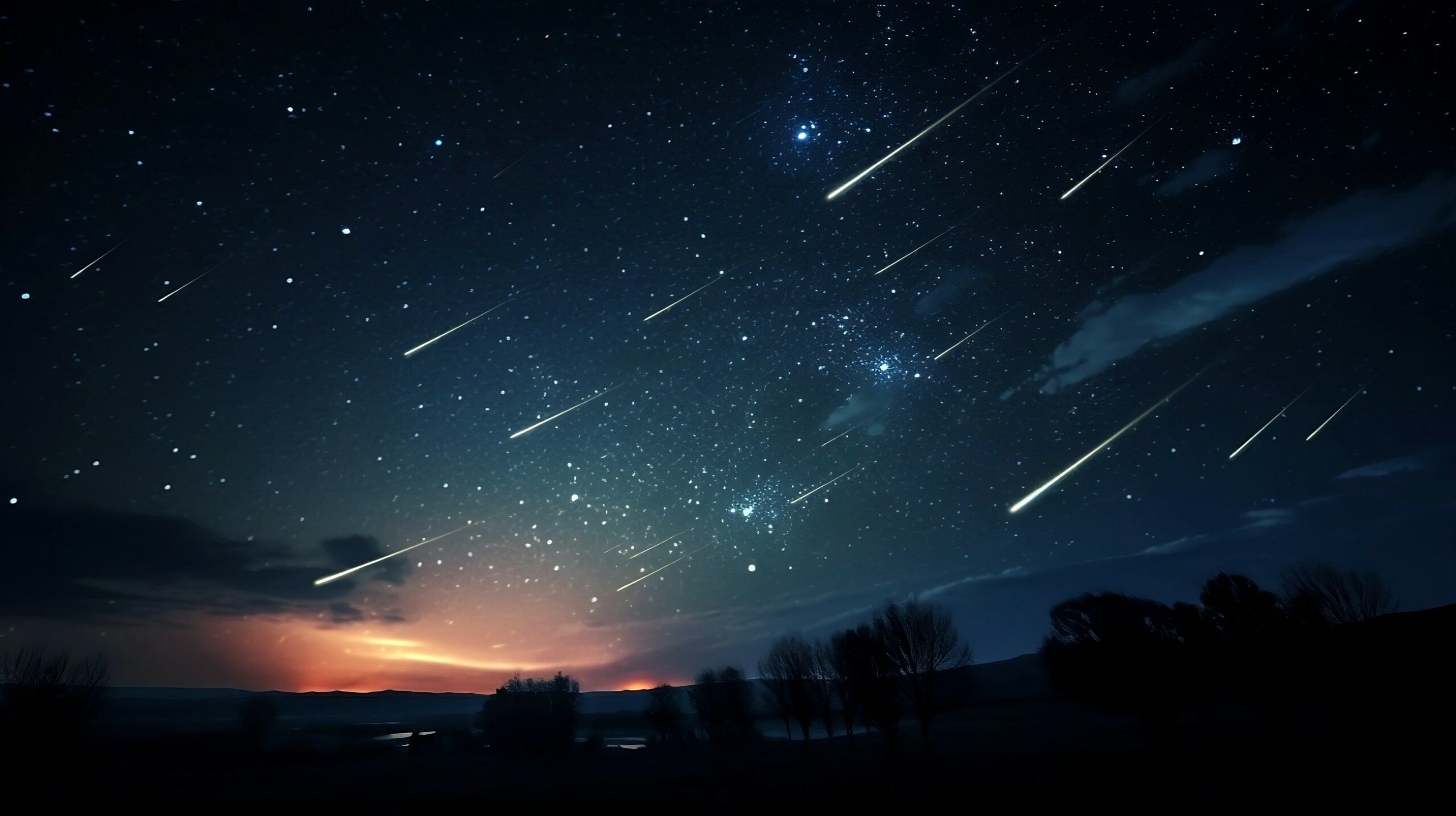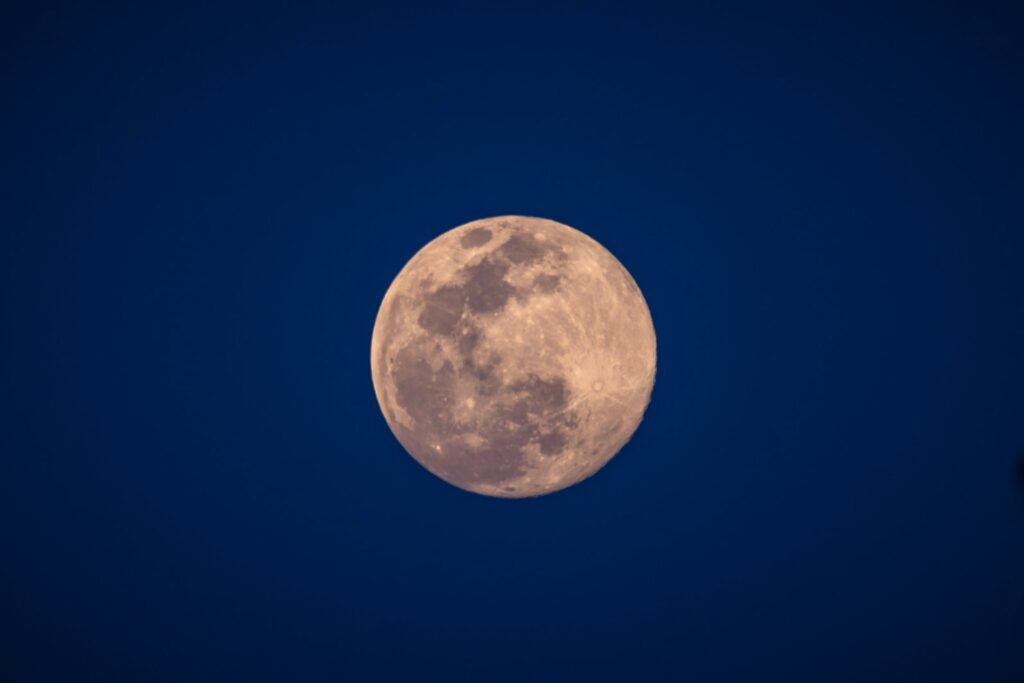
Heavy Rain, Flooding, and Chance of Severe Weather Staring Down the Southern U.S.
January 22, 2024
Posted: July 3, 2023 12:33 pm





The month of July will start with a beautiful sight in the night skies as the first supermoon of the year shines brightly. The month will end with a pair of meteor showers. Here is a detailed look about what you can expect in the skies after the sun goes down over the following few weeks.
A dazzling supermoon served as the backdrop for some early fireworks displays leading up to the Fourth of July. The first full moon of the summer will also be the brightest yet to be seen in 2023. The moon rose in the sky on Monday, July 3.
There are four super moons on tap for the year with each one shining bigger and brighter than the one before it. The most prevalent appearance in the sky with each moon is credited to the celestial object being closer to Earth with each cycle.
While you may not notice the difference in size with the naked eye, it is more obvious with the help of a telescope.
The full moon this month also goes by the nickname of the Thunder Moon. The moon gets its moniker from the frequent thunderstorms that pop up across the country during this time of the year. Other nicknames for the July full moon include the Berry Moon, the aptly named Halfway Summer Moon, the Salmon Moon, and the Buck Moon.
You will not have to wait long if you missed the July supermoon. The next supermoon will rise on Tuesday, August 1.

July is also the time to check out the Milky Way Galaxy in all of its stunning glory. Although July is known for the shortest nights of the year in the Northern Hemisphere, it is also the time that the Milky Way is most visible in the night sky. This is because the part of planet Earth that does not face the sun is looking toward the center of this galaxy.
You will find the best views of the famous collection of stars on the nights around the new moon. These ideal viewing conditions happen when there is less moonlight obstructing the glow of the galaxy. With the next new moon happening on July 17, this makes the few nights on either end of this date the best time to check out the Milky Way.
Stargazers will need to travel to an area with little to no light pollution in order to see the galaxy. This means getting out of the city.
The end of the month will close with the chance to see a pair of meteor showers. The Southern Delta Aquarids and the Alpha Capricornids are the appetizer to the bigger Perseid meteor shower set for the middle of August. Checking out the twin meteor showers at the end of the July will serve as good practice for the much-anticipated Perseids.
The Southern Delta Aquarids and Alpha Capricornids are expected to peak on the last two nights of the month, boasting a combined 15 to 20 shooting stars each hour. If you miss the peak nights, there is a good chance that you will see some activity during the entire week around these dates.
You will raise the odds of seeing these meteors if you choose a night that has the most favorable weather conditions. Be sure to keep an eye on your local forecast and choose a clear night for your viewing of these two meteor shower events.
Did you find this content useful? Feel free to bookmark or to post to your timeline for reference later.

January 21, 2024

January 19, 2024

January 18, 2024